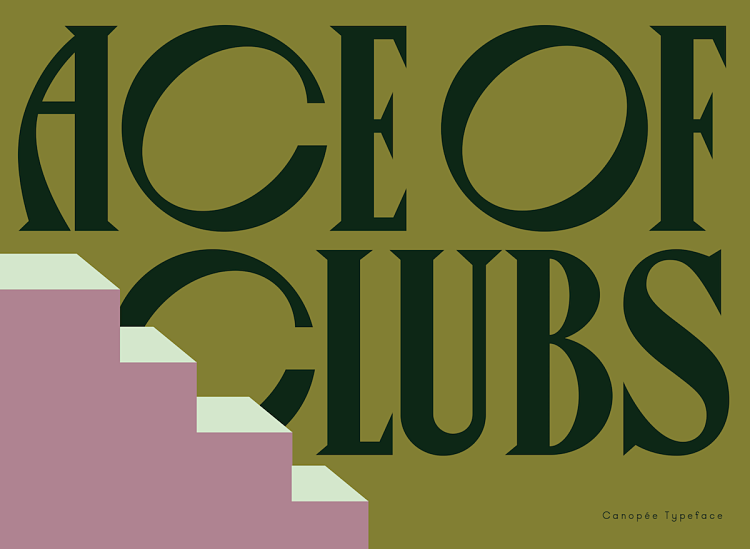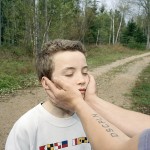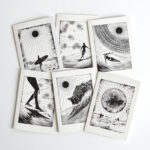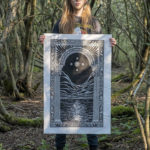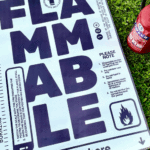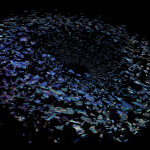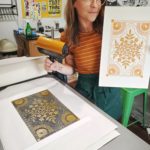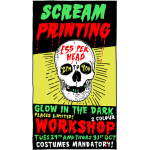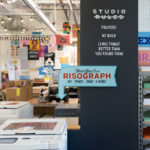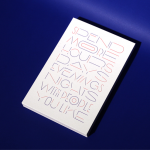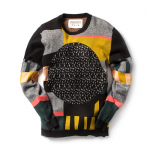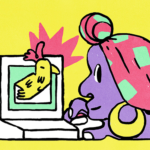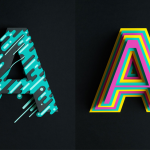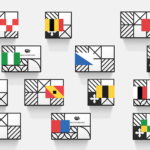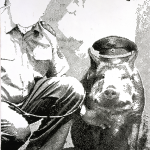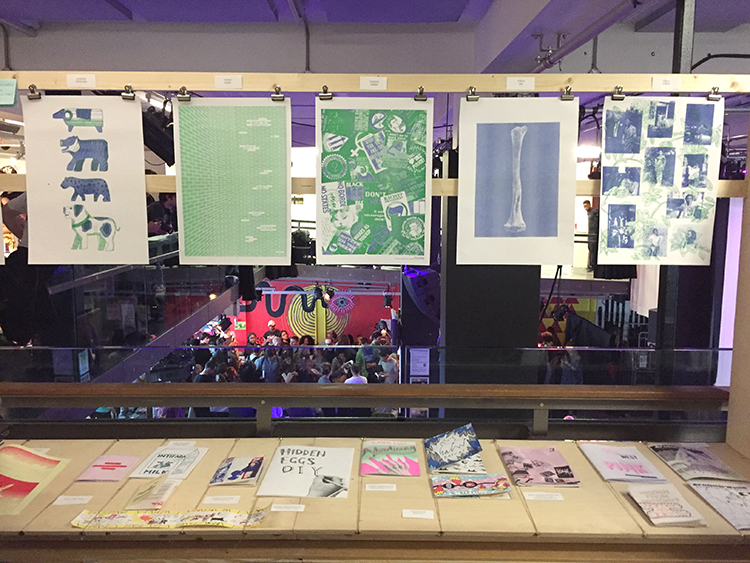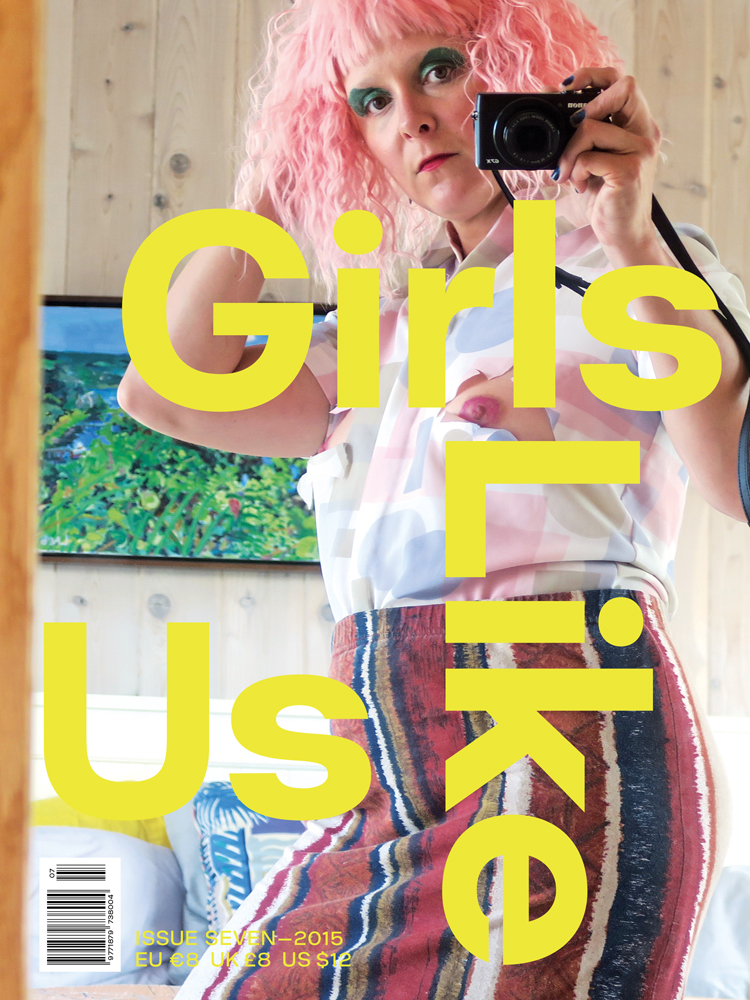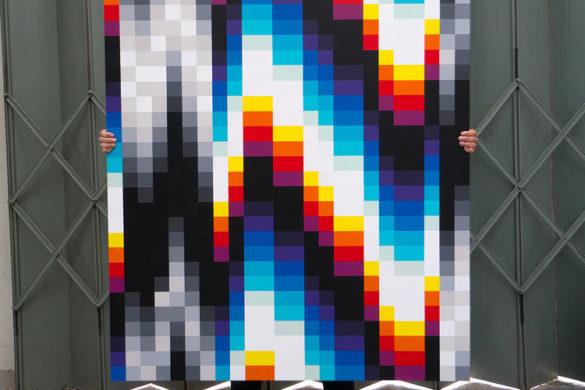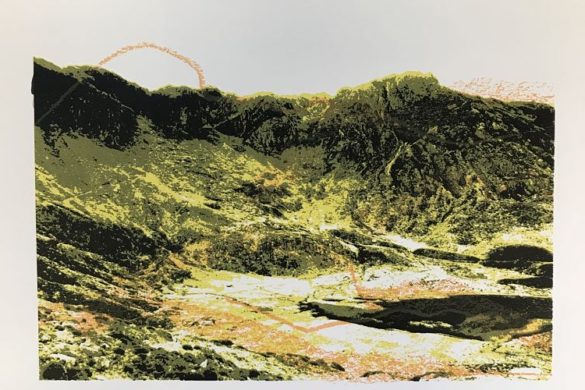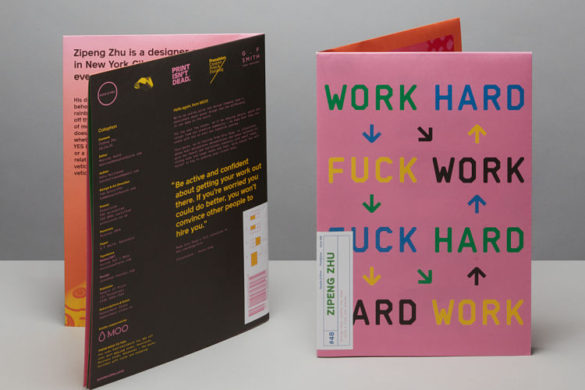Parisian studio and type foundry Violaine & Jérémy was founded by the eponymous Violaine Orsoni and Jérémy Schneider in 2012 when Schneider had just graduated, and Orsoni left behind a job as head of production in an advertising agency. Since then, the pair have developed a gorgeously distinctive look across all the studio does—from brand identity, to editorial design, typography, illustration, pattern design and more.
Never ones to rest on their laurels, the partners in life and work are currently in the process of finalising a new typeface with the working title Magnolia, as well as working on two big branding projects—one for “a playing cards, puzzles and amusements store in the USA, so fun to work on!” and another for a “collective of creative people launched by a notorious French champagne brand.”
They describe their style as a “‘Violaine & Jérémy’ signature”—that’s “timeless with a modern twist.” Now nearly a decade on from creating the studio, we had a chat with Orsoni about getting into typography, why their recent font, Kobe, looked eastwards (to Japan, to be specific), working with your partner and more.
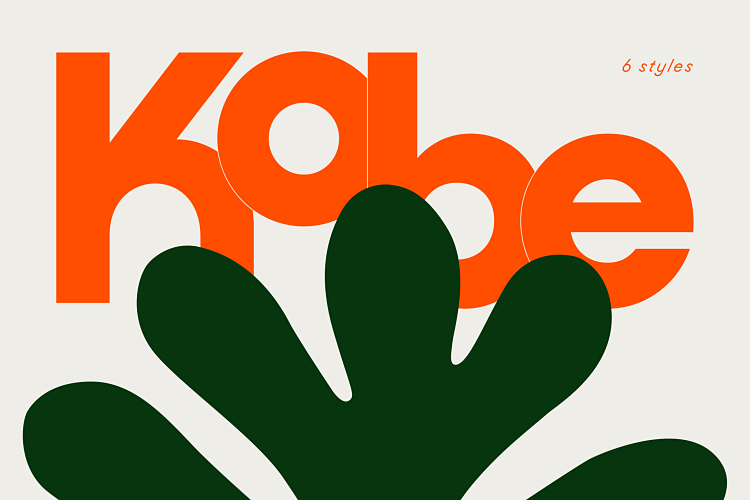
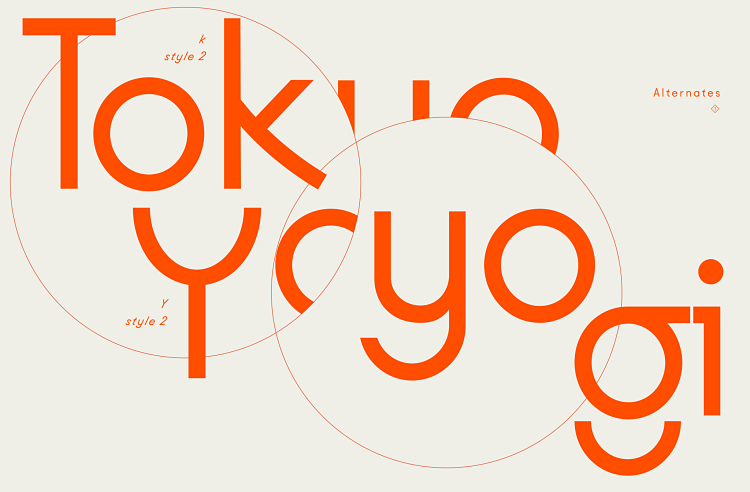
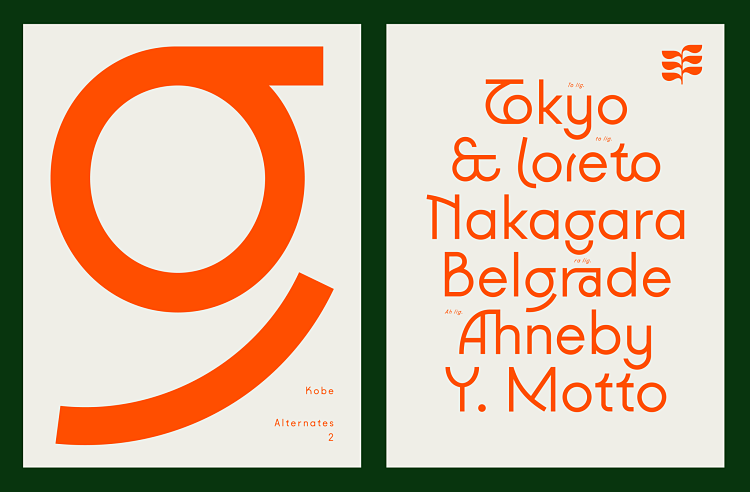 What’s the typeface on your site? I love it!
What’s the typeface on your site? I love it!
This is the “Welcome” typeface we have designed for our client Welcome to the Jungle. It’s their corporate font. The founder let us kindly use it for our websites. But for the moment, they own the exclusivity!
Tell me more about you recently launched Kobe font—why did you look to Japan for inspiration?
Beauty, refinement, delicacy, timelessness and modernity, those are the words that drive our work. Those words are also very well suited to describe Japan.
How did you get into designing type?
We became typographers along the way. We didn’t get any specific school education or training in typography. At first, our studio was a graphic design and illustration studio. This is why we say our typefaces are graphic designers’ typefaces. Our fonts aren’t highly technical, we don’t develop many styles for each font. We clearly focus on style. This way of doing typography comes from our graphic design work.
From the start, we always had a habit of designing custom fonts for the projects we work on. It was a way for us to match perfectly our aesthetic vision. Through our social media pages, quite early on people started to ask where they could buy these typefaces. Back then, we just answered they weren’t available for sale because they were just for our own use. But these requests did plant a little seed in our minds and one day Jérémy said, “why don’t we clean up and properly develop all these fonts and make them available to buy online?” That was the start of a two-year project. We were learning as we went, so we made some mistakes: we had to draw so many letters again and again because we didn’t choose the people to help us with the project very well. After many back and forths, working and reworking, we were finally ready and launched the first version of the e-shop in February 2019.
You know, we never thought it would be a successful experience. We didn’t do it for the potential money. Our only motivations were to show our clients that we also had this skill; it was a way to anchor our competencies, to make future clients confident about our level of “savoir-faire”. To prove we had multiple, high-level, skills that complement one another.
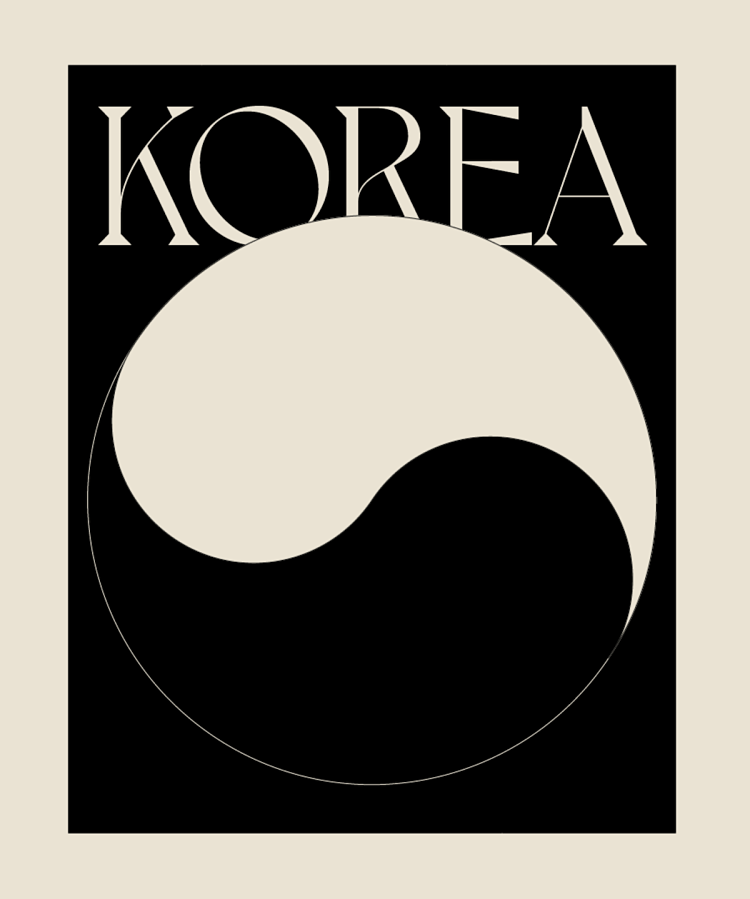
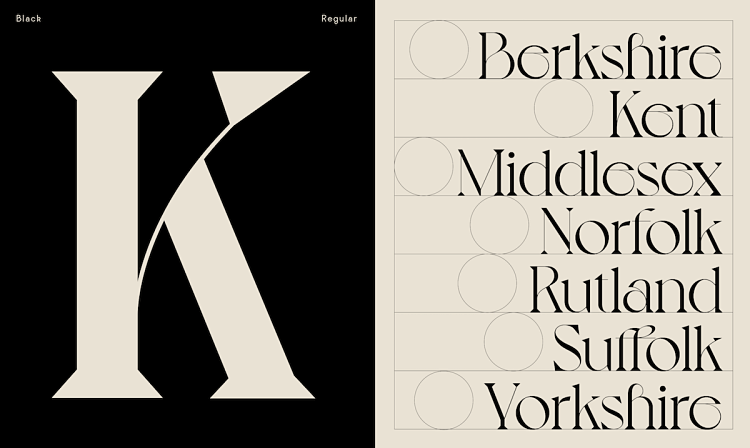
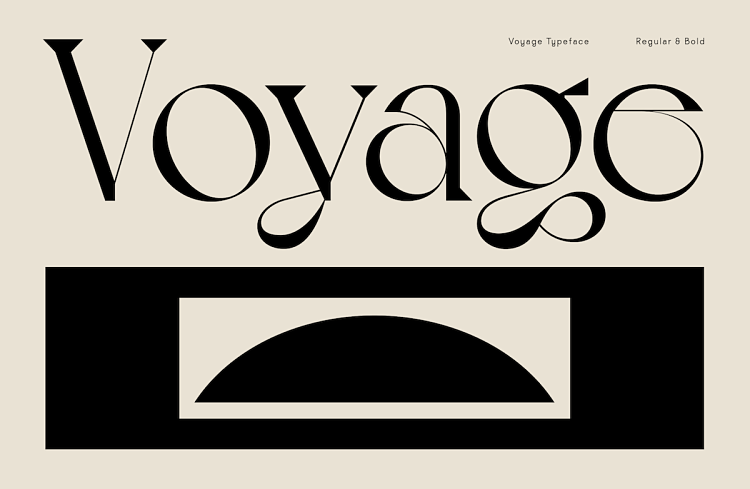 What advice would you give those looking to get into type design?
What advice would you give those looking to get into type design?
We advise not to begin with too many technical challenges: it can discourage you too quickly. Enjoy the work, feel free with it, have fun. You will have enough time afterwards to focus on technical details. Begin with upper case designs, display typefaces—the most expressive and fun designs in typography. Keep drawing, training a little every day. Once you feel comfortable with that (it might take a while, don’t try to achieve perfection in one year), you can move on with more technical details.
What do you love about what you do?
Our type foundry is a very special project for us. It is very fulfilling for us. We feel free and happy with the work we produce. People don’t quit sending us nice messages or comments. This project is very rewarding. Even more because we never expected to receive all this love!
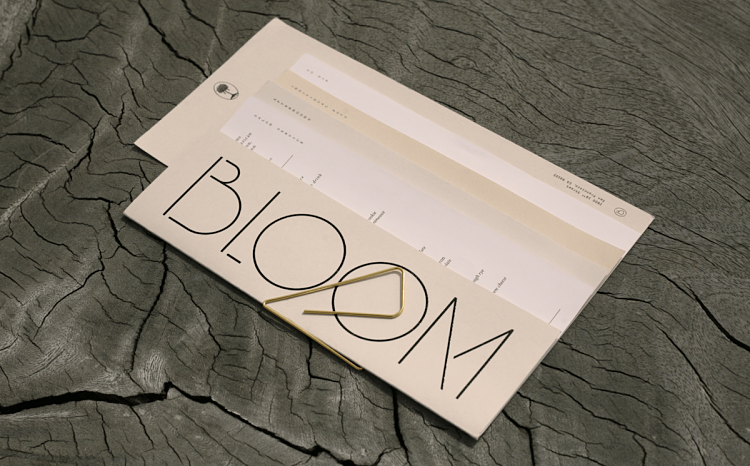 As co founders, what’s the key to a successful working relationship?
As co founders, what’s the key to a successful working relationship?
We can only answer for our own experience… First of all, Jérémy and I had been in love with each other for 11 years now, so when you have empathy and a mutual goal to share with your partner, it’s a good start. In addition to that, we are very complementary. We don’t have the same skills, we don’t do the same things during our day. There is no ego fight between us because we know we both need each other’s skill to make it work. Jérémy’s the pure artist of the team. I’m the creative director. This balance is really comfortable because we can rely on each other.
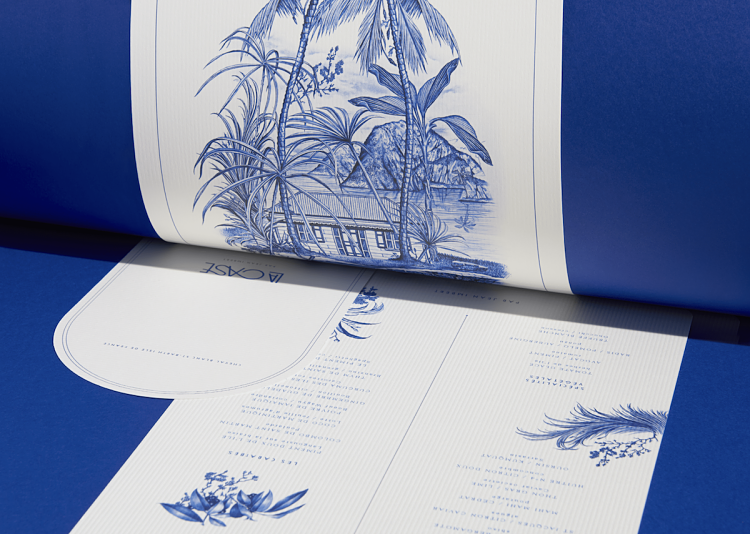
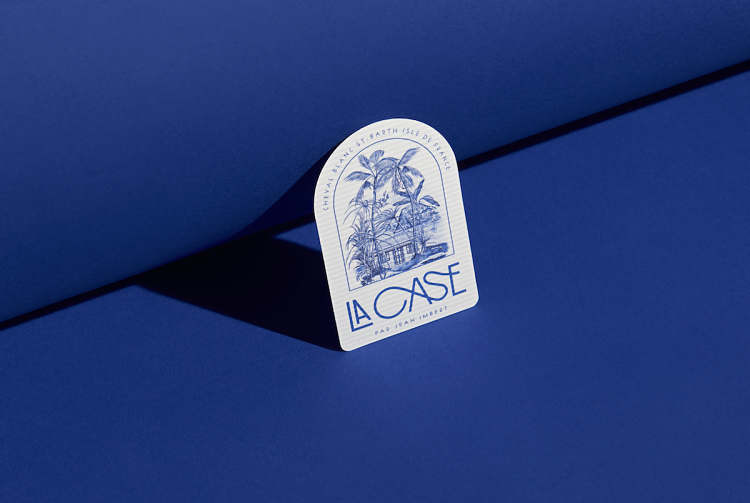 What sort of projects do you most enjoy working on and why?
What sort of projects do you most enjoy working on and why?
There is no preference really. What’s important is to change from one project to another. Brand identity – illustration – type design – editorial design … For example, when Jérémy has to work on a big illustration, we always make sure afterwards not to take any illustration jobs for a while. To let him rest. Jérémy’s illustration is very demanding.
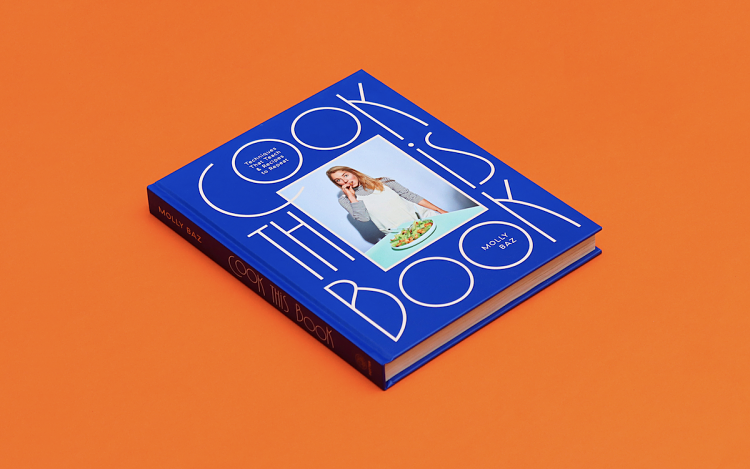
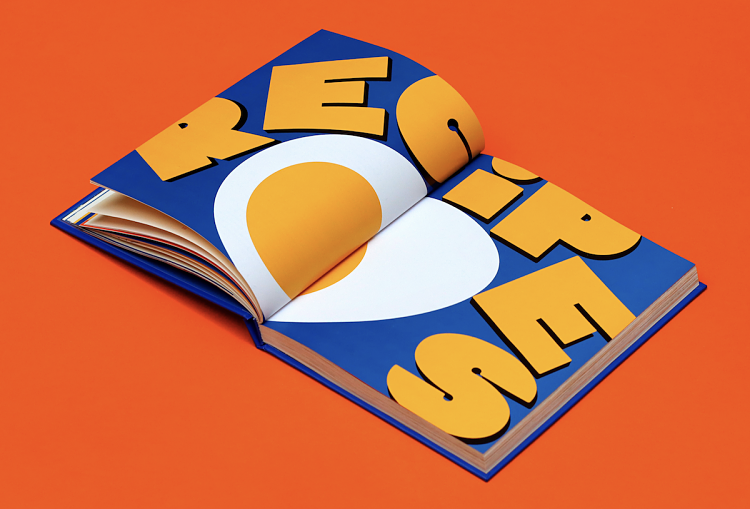
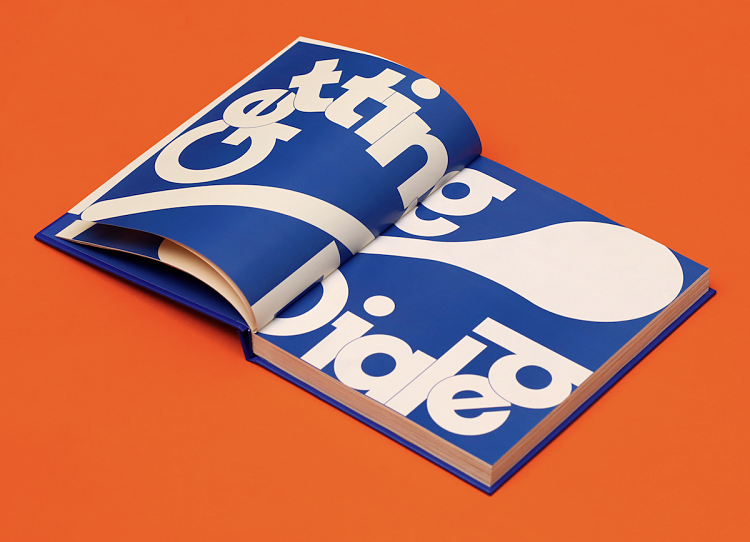 What sort of clients do you most enjoy working with and why?
What sort of clients do you most enjoy working with and why?
We used to answer : there are no good clients, only good projects. But this had changed. It changed because with our years of practice, we have asserted and refined our style, our aesthetic. So we know what we’re good at, what we enjoy designing. This is why we favour clients who we feel understand this aesthetic and approach. Let’s be honest, the more we age, the more we crave freedom (you’ll see 😉 ). We love working with people who feel confident to work with us and who trust the process.
Is there anything you’re keen to work more in, but haven’t yet?
Movie opening credits and banknote design. We hardly believe designing a bank note will come true. But movie openings are in reach.
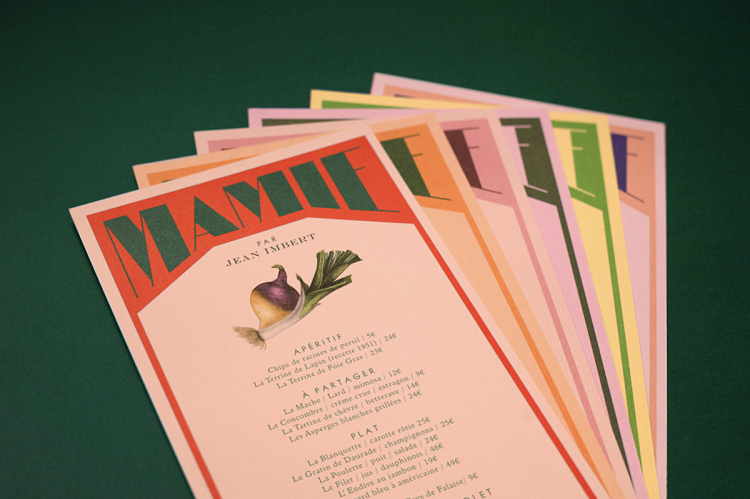
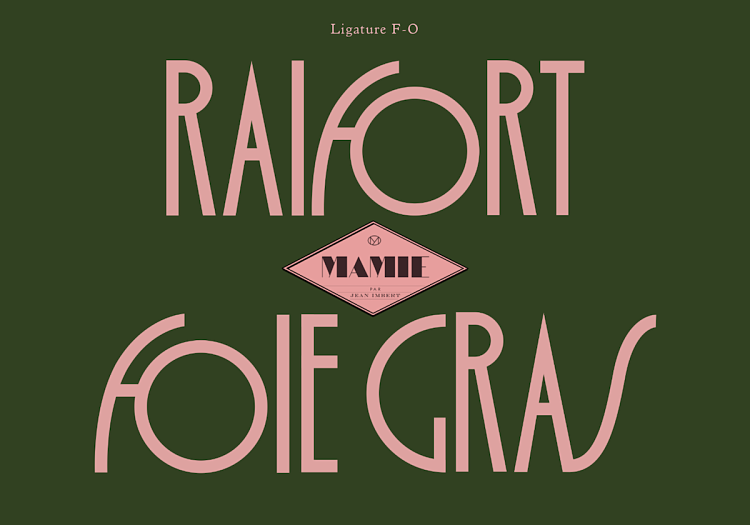 What are the biggest things you’ve learned so far since founding the studio?
What are the biggest things you’ve learned so far since founding the studio?
The two most important lessons are:
1. 10% talent/90% work. This is so so so true. If you want to make it, don’t go soft on yourself. Be demanding, don’t count your hours. When you think you’ve done enough, don’t stop, continue. The results systematically get better the more time you spend on something.
2. If possible, show only what you like. Don’t show the work you are not 100% happy with. This applies to presentations to clients, and to your portfolio. If you do so, you will find yourself in a virtuous circle. People will come to you for what you like doing.
You might like...
- Autobahn - November 26, 2021
- Alphabetical - November 12, 2021
- SOFA Universe - November 8, 2021

